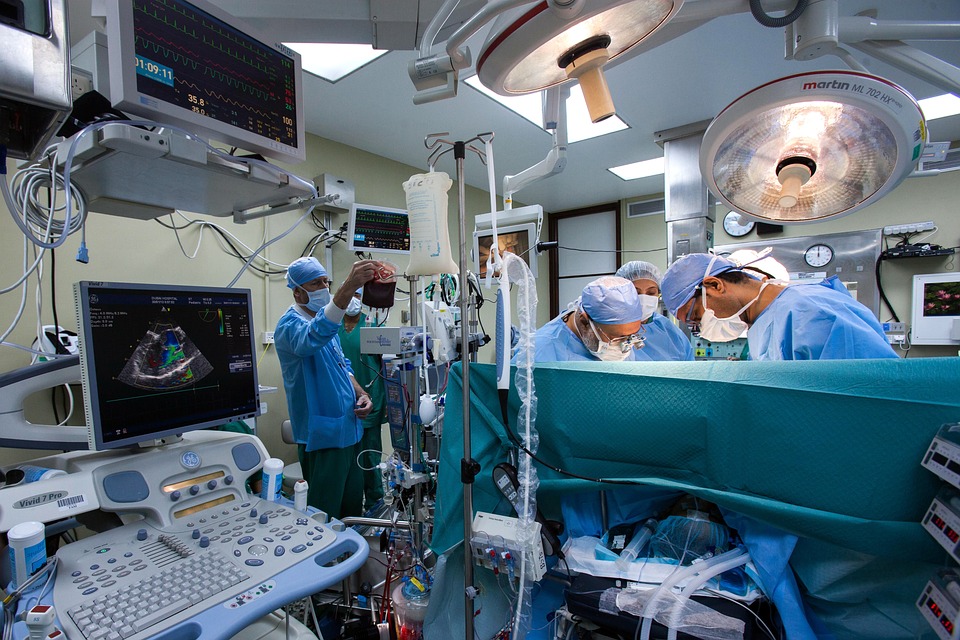New research has revealed that the waiting list for gynaecology appointments across the UK has more than doubled in the past four years, with around 630,000 women now waiting for consultations or procedures. This dramatic increase comes as the NHS struggles to keep up with demand following the pandemic. Women’s health advocates are calling for urgent action, as the delays are leaving many women in severe pain and distress, and causing lasting damage to their health.
A Crisis for Women’s Health
The latest figures, compiled by the BBC, show that waiting lists for gynaecology appointments have soared from 360,400 in February 2020 to 755,046 in 2024, marking an increase of more than 100% in just four years. These figures represent a vast backlog in treating conditions ranging from endometriosis and fibroids to menopause care and incontinence. Despite efforts by health ministers to address the issue, women’s health leaders are warning that this crisis is not being taken seriously enough.
One of the women affected by this growing backlog is Anna Cooper, a 31-year-old woman from North Wales who has been suffering from severe endometriosis since her teens. Her condition, which causes tissue similar to the lining of the womb to grow outside the uterus, has led to permanent organ damage, including the need for two stomas and a hysterectomy. Anna has undergone 17 surgeries, including the removal of much of her bladder and bowel, and lives with constant pain despite using a morphine patch.
Delays Leading to Life-Altering Consequences
Anna’s story is far from unique. The long waiting times for gynaecological care have led to worsening health outcomes for many women. Anna Cooper’s condition has worsened over the years, and she believes earlier treatment could have saved her from losing key organs. Reflecting on her experience, Anna said, “The delay in my care has cost me some of my major organs. If they’d caught it sooner, I wouldn’t have ended up the way I am, living with two stomas and being in early menopause at the age of 31.”
Anna’s frustration with the system is palpable. For years, she says, doctors dismissed her pain as being “in her head,” and it wasn’t until much later that she received a proper diagnosis. Forced to take matters into her own hands, Anna spent £25,000 on private surgeries in order to regain some quality of life. “I can be a mum who isn’t just in her bed constantly because she is crippled with pain,” she says. Yet, despite paying for private care, she remains on the NHS waiting list for ongoing treatment.
“Women Are Being Let Down”
Dr. Ranee Thakar, president of the Royal College of Obstetricians and Gynaecologists (RCOG), has called the current situation a “lack of priority” for women’s health, which is contributing to worsening health outcomes. She stated, “Gynaecology is the only elective specialty that solely treats women and has one of the worst waiting lists across the UK. Women are suffering, and it is affecting their mental health. They are not able to go to work or socialize.”
The RCOG’s latest report highlights that the failure to treat women early enough has long-term consequences, not only for the women’s health but also for the UK economy. The report points to the £11 billion annual cost to the UK economy due to absenteeism caused by conditions such as endometriosis, fibroids, and ovarian cysts. If these conditions were treated earlier, many women would be able to continue contributing to society rather than being sidelined by debilitating health problems.
The Scale of the Problem
Across the UK, the figures reveal the stark scale of the gynaecology waiting list crisis. In England, the waiting list stands at over 2,000 appointments per 100,000 women, with Scotland (2,345 per 100,000) and Wales (3,187 per 100,000) facing similarly high numbers. Northern Ireland, which has fewer services available, faces an even higher estimate of 5,248 per 100,000 women. This backlog leaves many women waiting up to a year or more for vital appointments or procedures. In February 2020, only 66 women were waiting more than a year for a gynaecology appointment. By 2024, that figure has risen to over 22,000.
Efforts to Improve Services
While waiting times for gynaecology appointments are slowly beginning to improve, the scale of the crisis remains overwhelming. NHS figures from England show that the number of people on the waiting list has dropped by 4,700 from the previous month, but this is still far from enough to address the long-term backlog.
In response, Dr. Sue Mann, NHS England’s national clinical director for women’s health, acknowledged the strain on the system, admitting that “some women wait too long for crucial gynaecology appointments”. She has suggested that the expansion of neighbourhood women’s health hubs could help ease the pressure on hospital-based services, offering specialized care in community settings to manage conditions such as fibroids, endometriosis, and menopause.
In Wales, a 10-year Women’s Health Plan is being developed to improve access to services for women, while Scotland has allocated more funding to improve diagnosis and treatment for gynaecological conditions. However, these measures are still in the early stages and will require time and significant investment to address the full scale of the problem.
The Urgency of Action
Anna Cooper is calling on ministers to follow through on their promises and make women’s health a real priority. “Currently, they are not showing it, and this is people’s lives we are rolling the dice on,” she says, reflecting on the countless women who have been left waiting for essential care. “Having a daughter, I really fear for young girls’ and women’s futures.”
With a growing number of women like Anna facing long waits and deteriorating health, the urgency for systemic change in how the UK handles gynaecological care has never been greater. As healthcare leaders continue to push for more funding and improved services, the hope is that future generations of women will not have to face the same struggles as those caught in the current backlog.
References:
- BBC News, “Around 630,000 Women Waiting for Gynaecology Appointments as NHS Waiting Lists Double” (2024).
- Royal College of Obstetricians and Gynaecologists, “Women’s Health: The Scale of the Crisis” (2024).
- NHS Confederation, “Economic Impact of Gynaecological Conditions on the UK” (2024).



